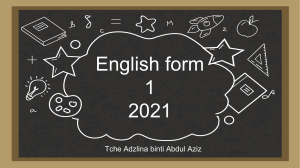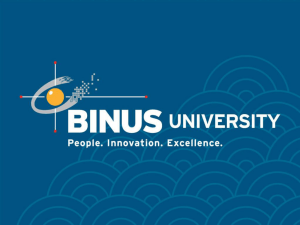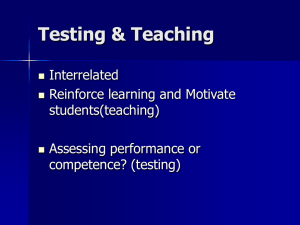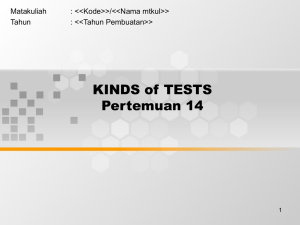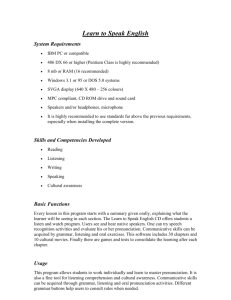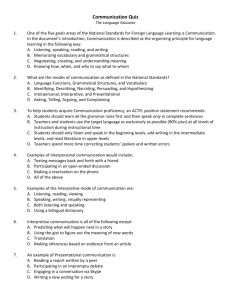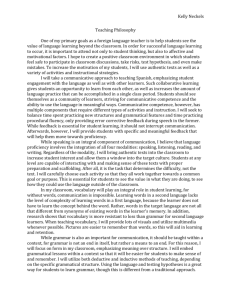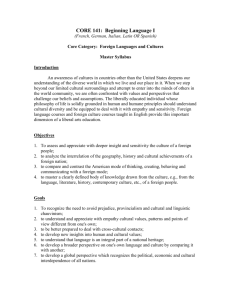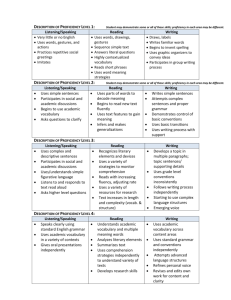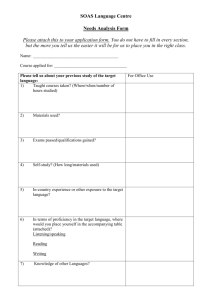Exercises on Teaching Techniques (Masters)
advertisement
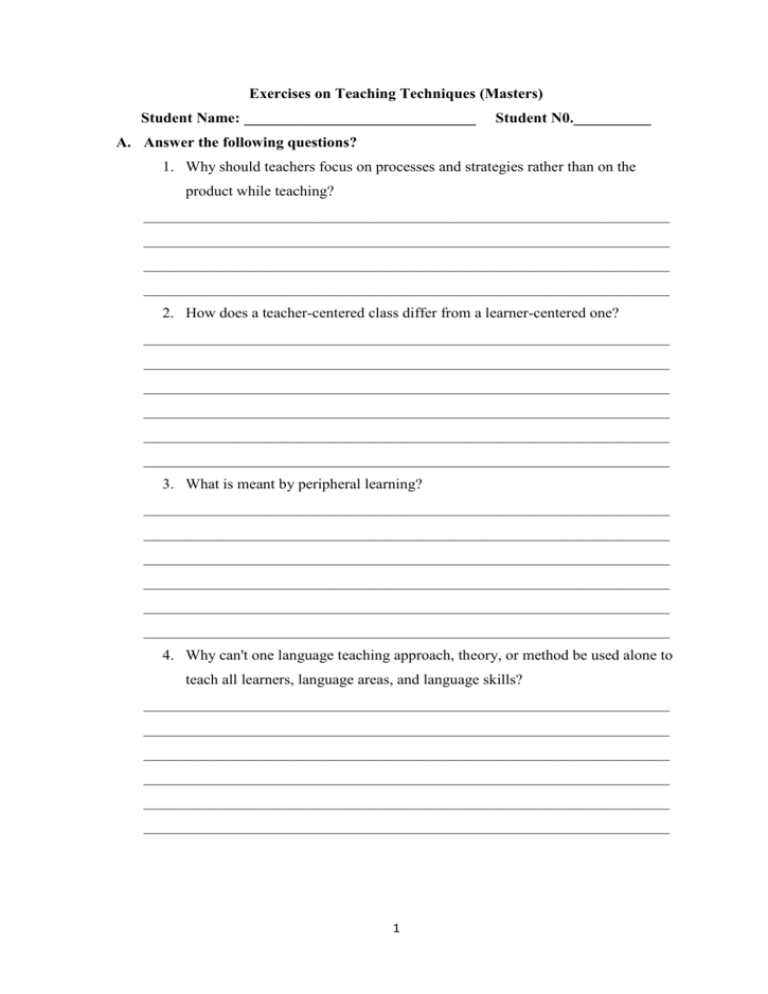
Exercises on Teaching Techniques (Masters) Student Name: ______________________________ Student N0.__________ A. Answer the following questions? 1. Why should teachers focus on processes and strategies rather than on the product while teaching? ____________________________________________________________________ ____________________________________________________________________ ____________________________________________________________________ ____________________________________________________________________ 2. How does a teacher-centered class differ from a learner-centered one? ____________________________________________________________________ ____________________________________________________________________ ____________________________________________________________________ ____________________________________________________________________ ____________________________________________________________________ ____________________________________________________________________ 3. What is meant by peripheral learning? ____________________________________________________________________ ____________________________________________________________________ ____________________________________________________________________ ____________________________________________________________________ ____________________________________________________________________ ____________________________________________________________________ 4. Why can't one language teaching approach, theory, or method be used alone to teach all learners, language areas, and language skills? ____________________________________________________________________ ____________________________________________________________________ ____________________________________________________________________ ____________________________________________________________________ ____________________________________________________________________ ____________________________________________________________________ 1 5. What are the advantages and disadvantages of both constructivist and instructivist teaching techniques? ____________________________________________________________________ ____________________________________________________________________ ____________________________________________________________________ ____________________________________________________________________ ____________________________________________________________________ ____________________________________________________________________ ____________________________________________________________________ 6. How can the lecture be made more effective as an instruction tool? _____________________________________________________________________ _____________________________________________________________________ _____________________________________________________________________ _____________________________________________________________________ _____________________________________________________________________ _____________________________________________________________________ _____________________________________________________________________ _____________________________________________________________________ _____________________________________________________________________ B. Say whether the following statements are TRUE or FALSE:. 1. Reading and listening should not be considered a passive language skill in which the learner is simply receiving language input. True False 2. Authentic texts are appropriate for the upper levels of proficiency but not for lower levels of proficiency. Beginners are better served by simplified texts that will not frustrate them. True False 3. There is always one best way to teach a particular language skill or item which the teacher should search for and always use. True False 4. The language text book alone does not always determine the type of teaching taking place. True False 5. Different teaching methods never use similar techniques. True False 6. Active teaching is the same as active learning. False 2 True C. Circle the letter of the appropriate answer: 1. Reading comprehension is dependent on ……….. a. a top-down processing of input c. a high-level of speaking proficiency b. a bottom-up processing of input d. both a top-down and bottom-up processing 2. Among the goals of pre-listening is …………. a. to provide a list of new vocabulary and expressions found in the text b. to sensitize students to the listening text. c. to give students an outline of the main ideas in the text. d. to help them concentrate on some specific details in the text. 3. Pre-teaching activities aim to …………. a. to provide learners with a general idea of what the text is about. b. to highlight language points necessary for understanding the text. c. transcribe the text for post reading or listening. d. all of these. 4. Features of real-life communication can be transferred into the classroom through….. a. games c. real playing b. role playing d. all of these 5. First, the teacher presents the present perfect. Next, the students try using it in structured exercises. Finally, the students try to have a conversation together using the present perfect. a. TTT b. STT c. PPP 6. Students learn English by translating to and from their native language. They memorize irregular verb forms by writing them down over and over. Speaking skills are not a main focus. a. The communicative approach c. The audio-lingual method b. The grammar translation method 7. The teacher introduces grammatical structures and rules by showing a video. The students practise the grammar in context. The teacher gives lots of meaningful examples to demonstrate the grammar. a. The Deductive approach c. The Inductive approach b. The Reductive approach 8. The students learn patterns of language by repeating model sentences that the teacher provides. They memorize set phrases and receive positive reinforcement from their teacher when they perform drills correctly. a. The communicative approach c. The audio-lingual method b. Total physical response 9. In skim reading students read a text ______________________ a. and pick out unknown words c. to thoroughly understand the text b. to get the general idea of the text 10. What does "schemata" refer to in relation to a listening task? a. The usefulness of previous knowledge and experience b. Interest that students are going to hear about c. Level and speed of speaking in a recorded text 3
